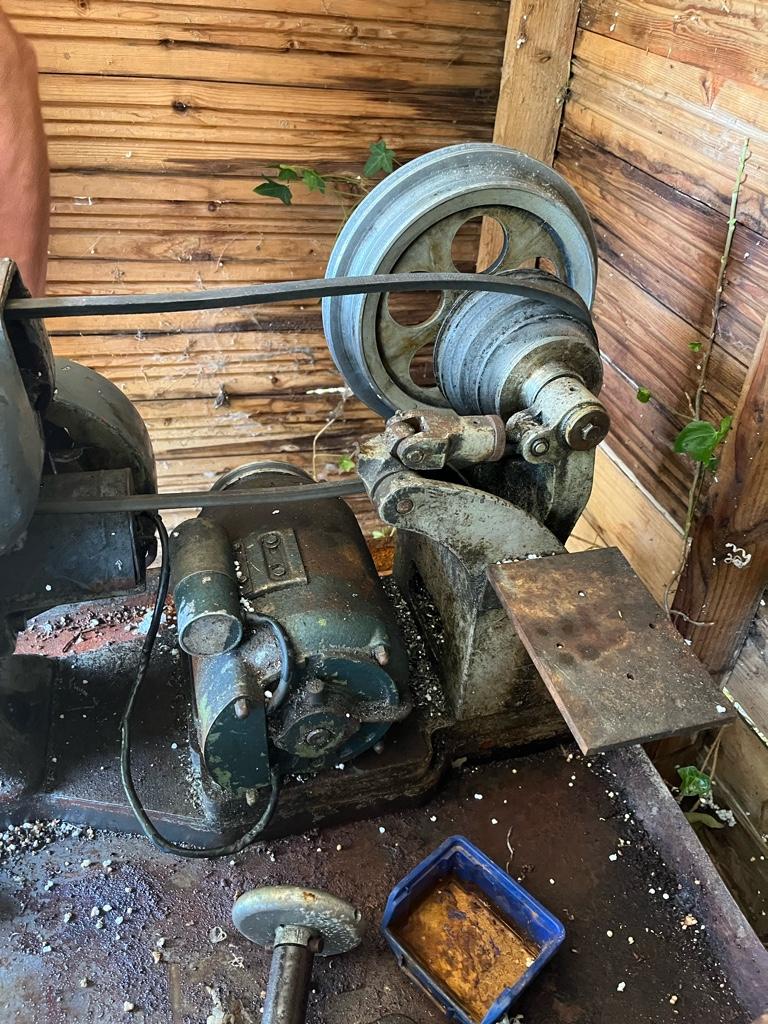- Joined
- Jul 6, 2022
- Messages
- 498
I have a smart and brown SAB lathe (south bend 9 clone) and I’d like to give it variable speed. I see that a VFD is the way to do this. My question is - do I still need the pulley assembly hooked up that would normally change the gearing for speed? I would assume not, but I do see people leave it.
Picture for reference

Sent from my iPhone using Tapatalk
Picture for reference

Sent from my iPhone using Tapatalk

